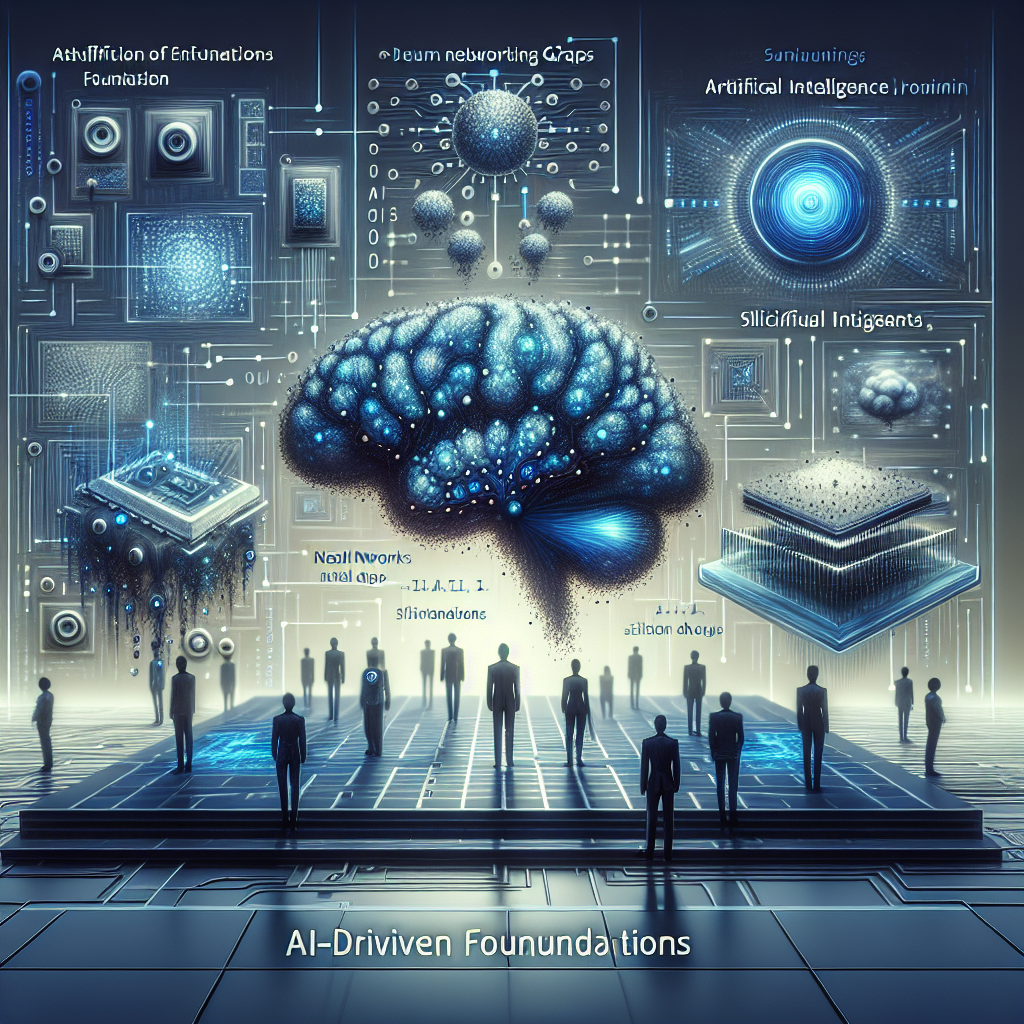Navigating the Quantum Spectrum: A Blueprint for Genomic Mastery
Unearth the potential of genomics in the technological landscape. Learn how to transcend, disentangle, and reframe for a quantum

In the world of technology, the foundation is shifting. The AI-driven landscape is evolving, creating a bio-inspired gateway into the future. Here, fluency comes from empowering entropy, and genomics play a pivotal role in harnessing the power of this chaos.
Step one in this journey is to transcend the framework of traditional technology and embrace a quantum perspective. This entails understanding the principles of quantum physics and applying them to the field of genomics. For instance, the concept of superposition can be used to model genetic variations and their potential impacts on health and disease.
Step two involves disentangling the limitations inherent in classical computational models. Quantum computing offers exponential processing power, enabling us to handle the vast complexity of genomic data. According to a study by the National Institutes of Health, quantum algorithms could drastically reduce the time and resources required for genomic sequencing.

Reframing excellence marks the third step. Here, we shift our focus from mere data processing to predictive analytics. AI algorithms can identify patterns in genomic data, enabling early detection of diseases and personalized treatment options. This exemplifies the principle of ‘quantum supremacy’ – the point at which quantum computers outperform classical ones.
As we delve deeper into the quantum realm, we encounter advanced phenomena techniques. Quantum entanglement, for example, could enable simultaneous processing of genomic data, opening up possibilities for real-time genetic analysis and diagnosis. This concept, illustrated by the famous ‘spooky action at a distance’, could revolutionize genomics and healthcare.
Embracing quantum leap strategies propels us forward. Quantum machine learning, a combination of quantum computing and AI, can transform genomics. By integrating these technologies, we can optimize genomic analysis, making it more accurate and efficient.

Optimization integration is the next step. This involves harmonizing quantum computing and AI algorithms with genomic data. A study by the University of California, Berkeley suggests that integrating quantum computing and AI can accelerate the discovery of new medical therapies.
However, this journey is not without challenges. Troubleshooting constraints include technical limitations, data security concerns, and ethical considerations. Overcoming these hurdles requires a balance between technological advancements and societal values.
Pro tips and best practices include staying updated with the latest research, collaborating with experts across fields, and advocating for ethical guidelines in genomics and AI. As stated by the Human Genome Project, “Responsible stewardship of human genomic data is not just a technical issue, but also a matter of social responsibility.”
In conclusion, mastering the neural network of genomics requires a quantum leap in thinking. Embracing the principles of quantum computing and AI can propel us towards an advanced destination, transforming the future of healthcare and technology. The journey is challenging, but the rewards – a deeper understanding of our genetic makeup and the potential for personalized treatments – are well worth the effort.
